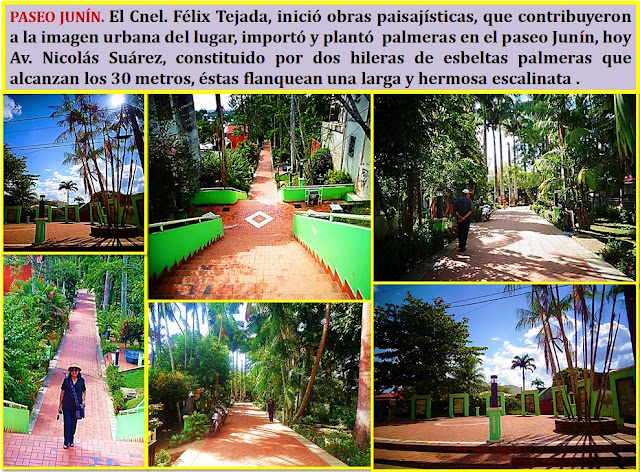INFORMACIÓN GENERAL
ATRACTIVOS TURÍSTICOS EN SU CAPITAL COBIJA
GENERAL INFORMATION DEPARTMENT PANDO
CREATION. It
was created by the Act of 24 September 1938 establishing the capital of the new
department to Puerto Rico; however, the Decree - Law of May 15, 1939, fixed
capital of Pando Cobija.
FOUNDATION. Also, the National Delegate, General Jose
Manuel Pando, seeing the exuberance of the area and the neglect of the
government, ordered Colonel Enrique Cornejo Fernandez to found a city; He, in
pursuance of that command, founded the February 9, 1906, the city with the name
"Puerto Bahia", on the right bank of the Acre River. In 1908 the
Minister of Settlement and Agriculture, Manuel Vicente Ballivián ordered the
renaming of Puerto Bahia by "Cobija", after the Bolivian port of
Cobija, in the Litoral Department. Cobija, is one of the most beautiful regions
of Bolivia.
POPULATION.
It has a population of 109,173 inhabitants (census 2012). In the Department of
Pando inhabit the following ethnic groups: "Pacaguaras" with 450
inhabitants; the "Chamas" amounting to 300 inhabitants and the
"Toromonas" reaching 100 people reluctant to enter society. They
prefer to live isolated, feed on bananas, cassava and maize; are expert hunters
and fishermen demonstrating their ability to make necklaces that they wear in
the neck with lots of wood or bark.
SURFACE.
63,827 km2
GEOGRAPHICAL LOCATION. It is located northwest of Bolivia on the banks of the Acre River
border with the Republic of Brazil, at an altitude of 228 meters.
WEATHER.
Pando's climate is humid and warm and tropical, with high temperatures
throughout the year, which surpass 28 ° C in the center of the department,
decreasing towards the east and west.
PARK PIÑATA.
It is solely for recreation and distraction of Pandino people and at the same
time to forge pleasant days to tourists who come to this city, which features
dining, places to rest and recreation. It has sports soccer fields, basketball,
racquetball and racket.
THE CARRETÓN.
The work of Cruceño sculptor David Paz, it is located at Av. February 9. Carretón
Rotunda at the former airport grounds. In times past, the carts transported
from Cobija Porvenir or vice versa, the coveted rubber, whose weight was paid
in pounds sterling or gold, also wore brown, food, etc.
PLAZA GERMÁN BUSCH BECERRA. The square is located at Av. Tcnl. Cornejo
and is surrounded by public buildings such as the Home Government Department,
Municipal Government, E ECOBOL and Nuestra Señora del Pilar Church. Inside the
square there are samples of a remarkable cobijeño nationalist sentiment, such
as the Pillar Porvenir and the monument to Germán Busch.
WALK JUNÍN.
During the stay of Colonel. Felix Tejada in cobijeña capital, take on landscape works, which would contribute
positively to the urban image, imported and planted palm trees in the Junín
ride today Av. Nicolas Suarez, consists of two rows of slender palm trees that
reach 30 meters, these majestically flank a long staircase, marking the
pedestrian entrance to the city from the port, surely this urban area
constitutes one of the successful experiences in Bolivia landscape.
Finally, by its original architecture, it is
recommended to visit the building of the Prefecture, City Hall, the Post
Office, Social Club, Naval Base, Courthouse, Northwestern Polytechnic
Agriculture and Public Market. Also, you can enjoy fishing, amid a brave and
wild nature.
TRANSPORT.
Aerial. The
flights arrive and depart from Anibal Arab Airport (ICJ), five kilometers from
the center at the upper end of Av. 9 February. The airline offices are located
at the crossroads of Molina and Beni just off the main square, with the
exception of Aerocon (T. 8424575, July 16). TAM (T. 8424145) direct flight to
La Paz on Monday, Wednesday, Thursday and Friday morning.
Terrestrial.
Buses to / from Guayaramerin and Riberalta are available.
VIDEOS





























No hay comentarios:
Publicar un comentario